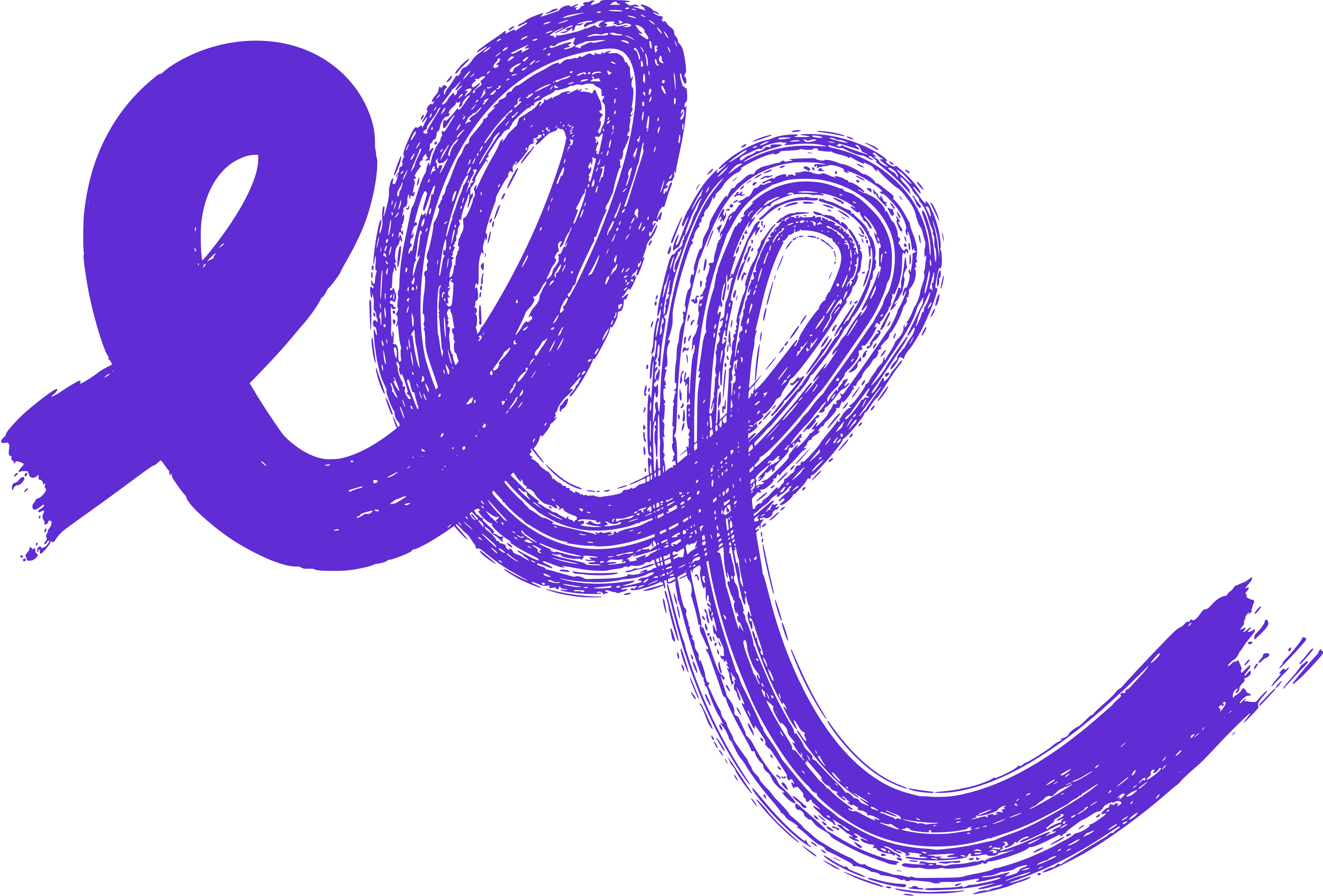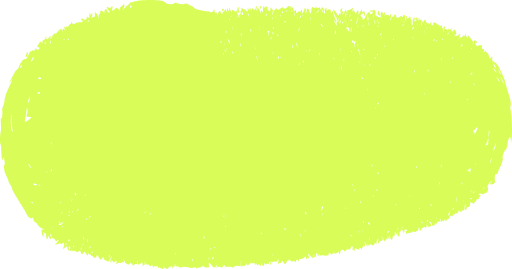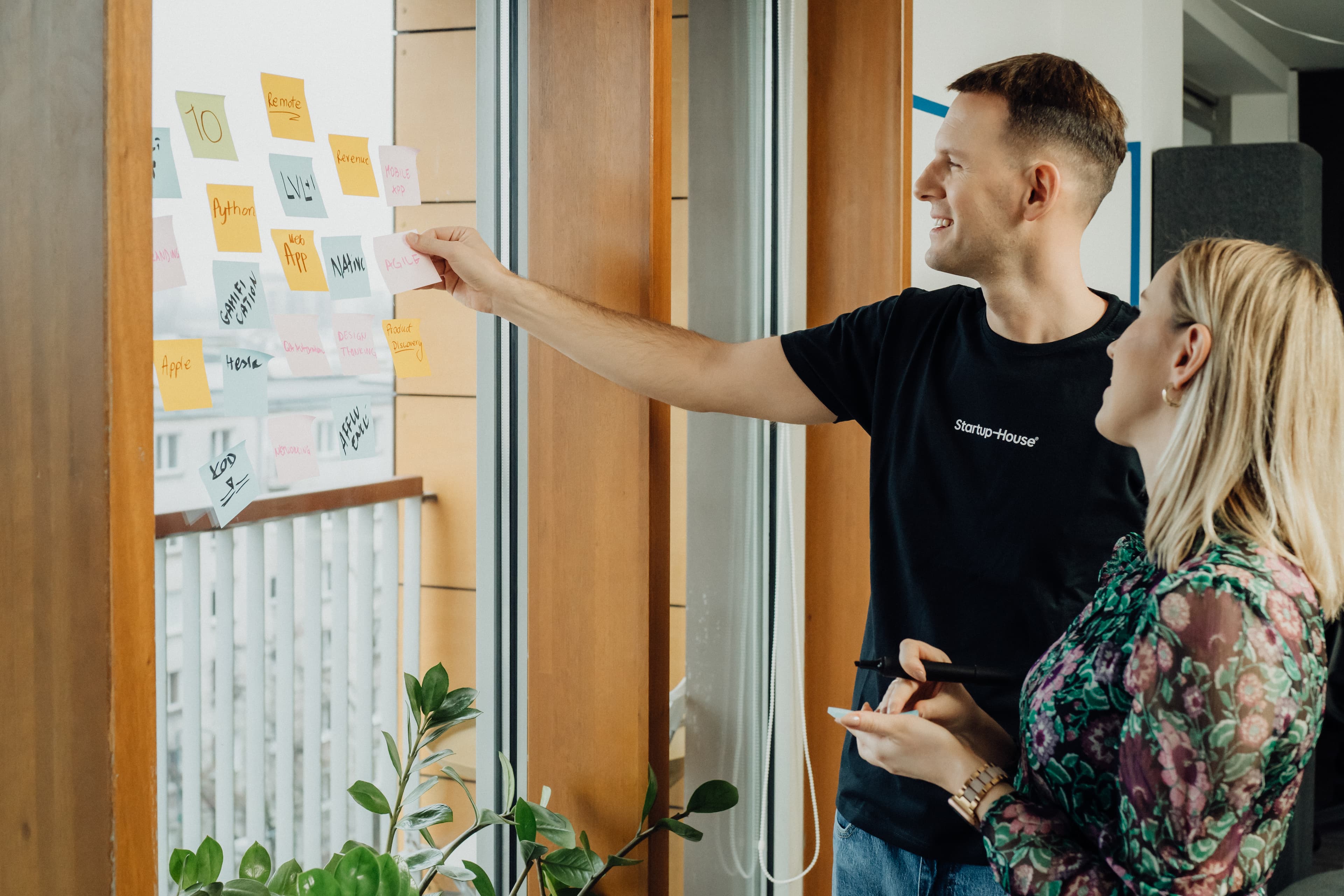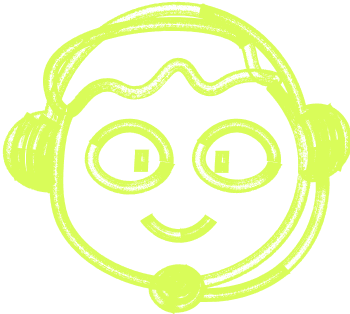🌍 All
About us
Digitalization
News
Startups
Development
Design
Mastering Flutter for Web Development: A Comprehensive Guide
Marek Majdak
Jan 11, 2024・12 min read
Table of Content
Introduction to Flutter for Web Development
Understanding the Basics of Flutter
Mastering Flutter: Key Concepts
Developing a Web App with Flutter
Advanced Flutter Techniques
Conclusion: Mastering Flutter for Web Development
Mastering Flutter for web development opens up a world of possibilities for creating dynamic and responsive web applications. With its versatility and ease of use, Flutter provides a comprehensive framework for building engaging user interfaces that work seamlessly across different platforms. In this detailed guide, we will delve into the features, benefits, and best practices of using Flutter for web development, equipping you with the knowledge and skills needed to master this powerful tool and create stunning web experiences.
Introduction to Flutter for Web Development
What is Flutter?
Flutter is an open-source UI software development kit created by Google. It's used to develop applications for Android, iOS, Linux, Mac, Windows, Google Fuchsia, and the web from a single codebase. Unlike traditional frameworks that rely on web technologies or native widgets, Flutter uses its rendering engine to draw widgets. This approach allows for a highly customisable and performant user interface that can be deployed across multiple platforms with minimal changes. Flutter for web development enables developers to create full-featured, high-performance web applications that feel like they were designed specifically for the web, rather than being ported from mobile. It aims to provide a consistent and controlled development and user experience across all devices.
Why Choose Flutter for Web Development?
Flutter stands out for web development due to its unique combination of productivity, performance, and compatibility. Developers favour Flutter as it significantly reduces the time to market by using a single codebase for both mobile and web platforms. This unified approach simplifies the development process and promotes consistency across multiple platforms. Moreover, Flutter's widget-based architecture ensures customisable and natively compiled applications, providing a smooth and responsive user experience that rivals native web performance. Its hot reload feature boosts developer productivity by allowing for instant updates to the UI during development, without losing the current application state. Additionally, Flutter is backed by a strong community and Google's commitment to its ongoing development, ensuring it remains a cutting-edge tool for modern web development. With Flutter for web development, you can create beautiful, expressive web apps that are scalable and maintainable.
Understanding the Basics of Flutter
Flutter's Architecture
Flutter's architecture is designed to support flexible and expressive UI development. At its core is the Skia Graphics Engine which renders the UI, allowing Flutter to bypass the native UI elements of the platform it's running on. This design is crucial because it ensures that the application looks and behaves the same on all platforms, providing a consistent experience everywhere.
The architecture is layered, with the lowest layer being the C++ engine, which is the foundation of Flutter and provides low-level rendering support. Above this is the Dart framework, which includes a rich set of pre-designed widgets that follow Material Design and the Cupertino design language. These widgets are the building blocks of a Flutter app, and they define the structural, stylistic, and interaction aspects of the user interface. Developers work primarily on this layer, customising and extending widgets to create a tailored UI.
The architecture is such that it promotes direct composition, meaning developers can control the layout and design at a very granular level, leading to highly customised and fast UIs. The layered, widget-centric structure of Flutter is what enables developers to create highly responsive and aesthetically pleasing applications for the web.
Flutter's Development Tools
Flutter provides a suite of development tools that streamline and enhance the development process. The primary tool is the Flutter SDK, which includes everything needed to develop cross-platform apps, such as the Flutter engine, widget libraries, and command-line tools. Dart DevTools is a set of performance and debugging tools for Dart and Flutter. These tools offer a wide range of features such as performance profiling, network inspection, and source-level debugging.
Another essential component is the Flutter Framework, which offers a rich set of highly customisable widgets to build the UI. The framework is implemented in Dart, which is optimised for building UIs and offers a modern, reactive framework.
Integrated Development Environments (IDEs) like Android Studio and Visual Studio Code provide plugins for Flutter, further enhancing the development experience with features like auto-complete, syntax highlighting, widget editing assists, run & debug support, and more. These tools collectively make the development process with Flutter more productive and enjoyable, allowing developers to focus on creating high-quality applications.
Mastering Flutter: Key Concepts
Understanding Widget Trees
Widgets are the fundamental building blocks of a Flutter application’s user interface. Each widget is an immutable declaration of part of the UI. Flutter combines these widgets to create a widget tree, which is a hierarchy of widgets that represents how the UI is organised.
The widget tree consists of two types of widgets: stateless and stateful. Stateless widgets are static, meaning they do not change once they are built. On the other hand, stateful widgets can dynamically change their state during runtime. Every time the app’s state changes, Flutter compares the new widget tree with the previous one and optimises the UI rendering by updating only the widgets that need to change.
Understanding how to structure the widget tree effectively is crucial. It not only affects the performance of the app but also impacts the maintainability and scalability of the codebase. Developers need to plan the widget tree to ensure a responsive and performant application while keeping the code clean and readable.
State Management in Flutter
State management is a critical aspect when mastering Flutter, as it pertains to how you design and manage the state of your application—essentially, the data that can change over time. Proper state management ensures that your app is robust, reactive, and easy to maintain.
In Flutter, you can manage state in several ways, ranging from simple local state management with
StatefulWidgetto using dedicated state management solutions like Provider, Riverpod, Bloc, or Redux. The choice of tool often depends on the complexity and requirements of your app.
Local state management is suitable for small parts of the app that do not require sharing state with other areas. For more complex apps, where the state needs to be passed around different parts of the widget tree, a more advanced state management solution is required. These solutions allow for better separation of concerns, more readable code, and easier testing and debugging. Understanding when and how to use these tools is essential for creating efficient and maintainable Flutter applications.
Developing a Web App with Flutter
Setting Up Your Flutter Environment
Setting up your Flutter environment is the first step towards developing a web application. Begin by downloading the Flutter SDK from the official Flutter website. It contains the tools necessary to compile and run Flutter applications. Ensure that your system meets the minimum requirements for Flutter development, including having Git installed for version control.
After downloading the SDK, add the Flutter tool to your path. This allows you to run Flutter commands in your terminal. Next, run
flutter doctor from the command line, which checks your environment and displays a report to the terminal window. It informs you about any dependencies that are missing or require installation.
Once the Flutter SDK is set up, install an IDE of your choice. Android Studio and Visual Studio Code are popular options with Flutter support. Install the Flutter and Dart plugins to enable language support and tools for editing, refactoring, running, and reloading your web application.
Lastly, enable web support in Flutter by running
flutter config --enable-webWith your environment properly set up, you are now ready to create and run a Flutter web application.
Creating Your First Web App in Flutter
Creating your first web application in Flutter is an exciting step. To start, open your terminal and navigate to the directory where you want to create the project. Run flutter create web_app, where web_app is your project name. This command sets up a new Flutter project with a basic web support structure.
Once the project is created, you can open it in your preferred IDE. You will see a default ‘main.dart’ file, which is the entry point of the application. This file contains a basic Flutter app template that you can start customising.
To run your new web app, make sure you are in the project directory in your terminal and execute
flutter run -d chromeThis command builds the app for the web and launches it in the Chrome browser. You can also use other browsers if you prefer.
As you make changes to your code, you can see them reflected in real-time using the hot reload feature, which updates your running app without needing a full restart. This is beneficial for quick iterations and testing during the development process. Now, you are ready to build and enhance your Flutter web application.
Advanced Flutter Techniques
Implementing Responsive Design with Flutter
Implementing responsive design in Flutter is key to ensuring that your web app provides an optimal viewing experience across a wide range of devices. To achieve responsiveness, Flutter offers several widgets and techniques that can adapt the layout to different screen sizes and orientations.
One basic approach is to use the MediaQuery widget, which retrieves the size of the current media (e.g., the device screen), allowing you to build UIs that respond to changes in screen dimensions. Another important widget is the Flexible widget, which flexes its child within the available space, or the Expanded widget, which fills the available space along the main axis.
For more complex layouts, the LayoutBuilder widget provides the parent widget's dimensions, enabling you to make decisions about the layout based on the actual constraints. Additionally, you can use the AspectRatio widget to maintain the aspect ratio of a widget during resizing.
By combining these widgets and carefully planning your UI, you can create a responsive design that looks great on any device, enhancing the user experience of your Flutter web app.
Performance Optimisation in Flutter
Performance optimisation is crucial in ensuring that your Flutter web app runs smoothly and efficiently. A well-optimised app provides a better user experience, particularly in terms of responsiveness and speed. In Flutter, there are several techniques to optimise performance.
Firstly, be mindful of the widgets you use and the complexity of your widget tree. Minimise the use of heavy or nested widgets and leverage const constructors where possible, as they help reduce the need for rebuilding widgets unnecessarily.
Secondly, take advantage of Flutter's built-in profiling tools, which can help you identify performance issues. The performance overlay shows the app's frame rate and rendering times, while the timeline view in Dart DevTools allows you to dig deep into each frame's build, layout, and paint times.
Lastly, consider using optimised image assets and caching mechanisms to reduce loading times. You can also minimise the use of animations or ensure they're hardware-accelerated for better performance. Keep an eye on memory usage, and dispose of any resources that are no longer needed to prevent memory leaks. By taking these steps, you can enhance the overall performance of your Flutter web application.
Conclusion: Mastering Flutter for Web Development
Recap of Flutter Key Points
In mastering Flutter for web development, we've established Flutter's strengths as a cross-platform toolkit allowing for the creation of beautiful, natively compiled applications from a single codebase. Flutter's architecture, built around the Skia Graphics Engine, and its widget-centric design, promote a flexible, expressive user interface regardless of the platform.
We've explored the essential development tools provided by the Flutter SDK, which, alongside popular IDEs, offer a productive environment with features like hot reload to accelerate the development cycle. Key concepts such as understanding widget trees and state management strategies form the backbone of efficient Flutter development, ensuring applications are both maintainable and scalable.
Additionally, we've covered the basics of setting up the Flutter environment, creating your first web application, and implementing responsive design principles to adapt to various screen sizes. Performance optimization remains a critical area to ensure your Flutter web app delivers the smooth, responsive experience users expect.
By embracing these key points, developers can confidently harness the power of Flutter to build superior web applications.
Final Thoughts and Next Steps
As we conclude this guide on mastering Flutter for web development, reflect on the journey you've embarked on to reach this point. You’ve gained insights into Flutter's capabilities and how it can serve as an efficient tool for building web applications that are not only performant but also offer a consistent user experience across all platforms.
Looking ahead, the next steps involve deepening your understanding of Flutter by building more complex applications, experimenting with advanced state management techniques, and contributing to the Flutter community. Keeping updated with the latest Flutter updates and best practices will also be key to staying ahead in the field.
Consider exploring third-party packages and plugins that can enhance your web applications' features and functionality. Don't hesitate to share your creations and learn from the experiences of fellow developers.
By continuing to hone your skills and leveraging the full potential of Flutter, you'll be well-equipped to craft exceptional web experiences that delight users and stand out in the digital landscape.

 Don't miss a beat - subscribe to our newsletter
Don't miss a beat - subscribe to our newsletterYou may also  like...
like...

How to Choose the Best MVP Development Company for Your Project
Choosing the right MVP development company can make or break your product — here’s how to find the perfect partner for a successful launch.
Alexander Stasiak
May 26, 2025・7 min read

Understanding the Distinctions: Product Design vs Prototype Design Companies
Understanding the difference between product design and prototype design companies can help you choose the right partner at the right stage of product development.
Alexander Stasiak
May 30, 2025・8 min read

How a Full-Service Software House Accelerates Product Development
A full-service software house gives you everything you need to launch fast — design, development, QA, DevOps — all under one roof. Here’s how it accelerates your product success.
Alexander Stasiak
Jul 03, 2025・7 min read




